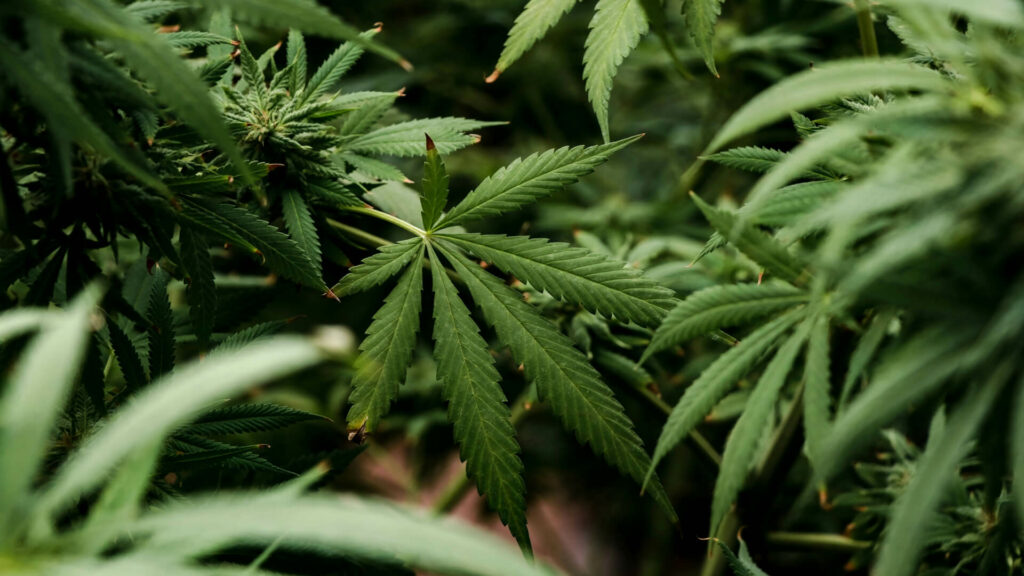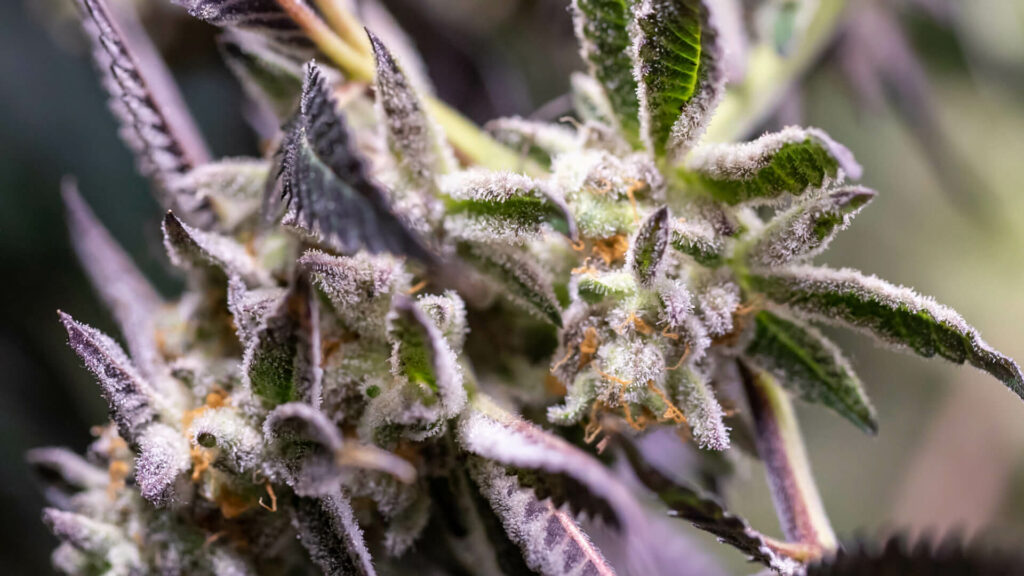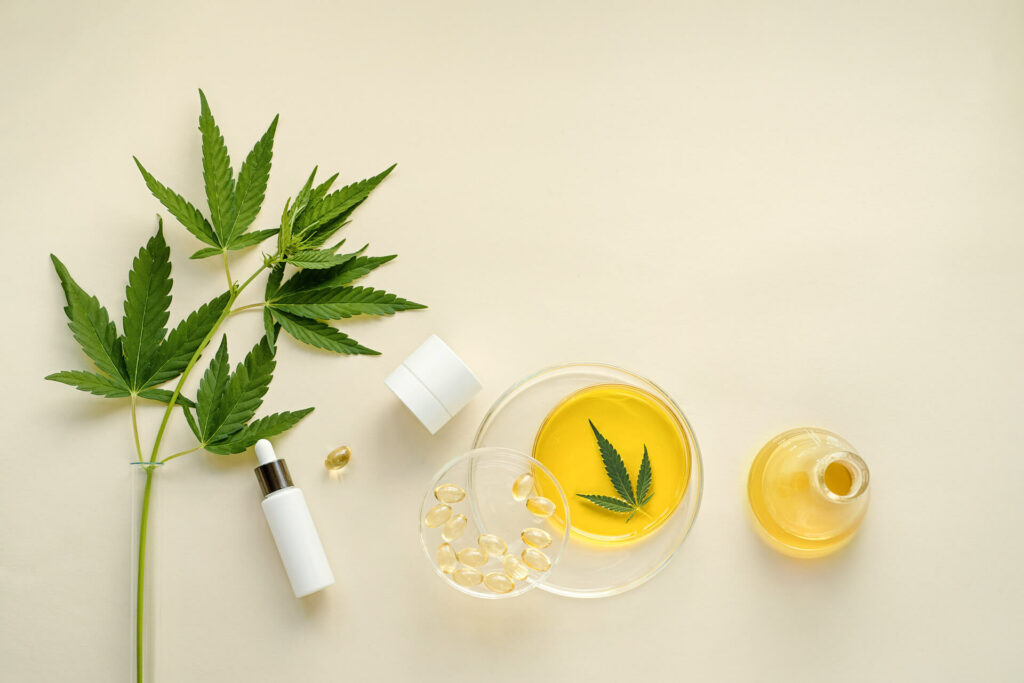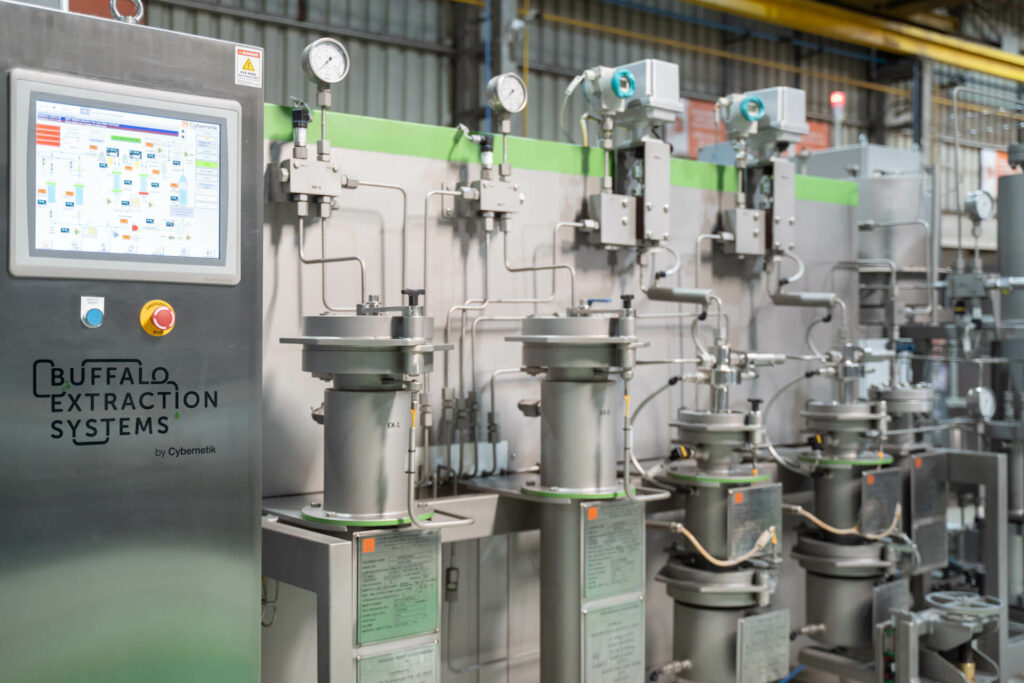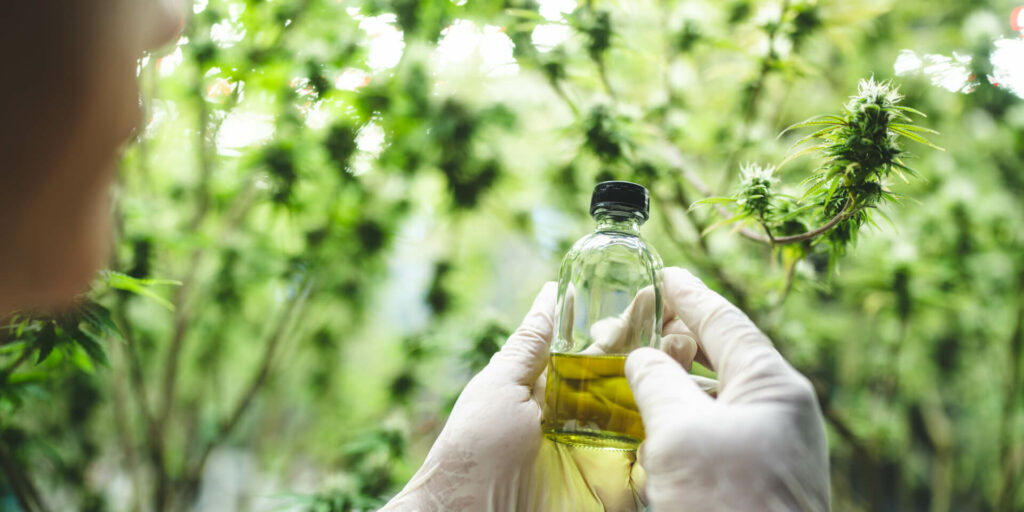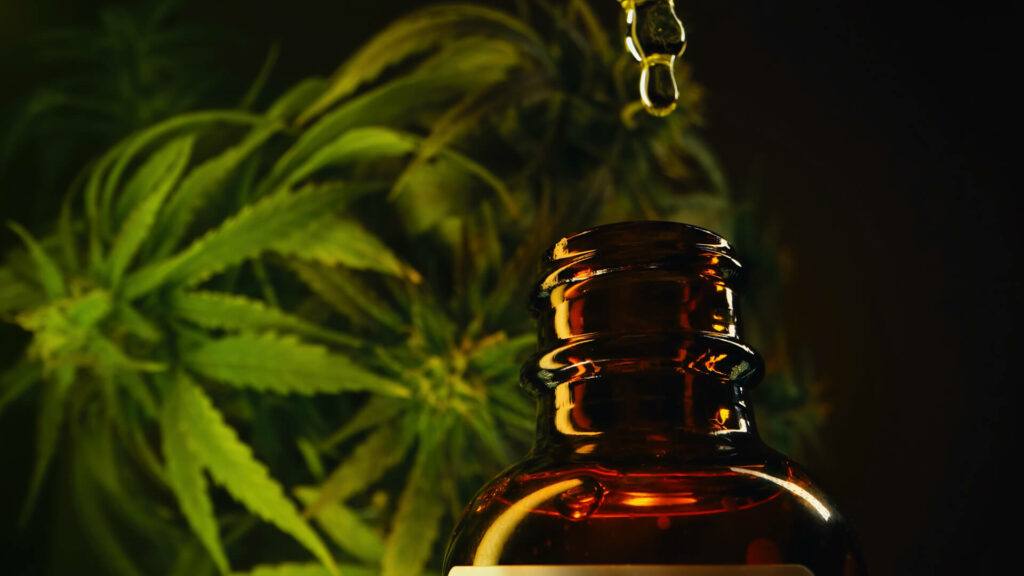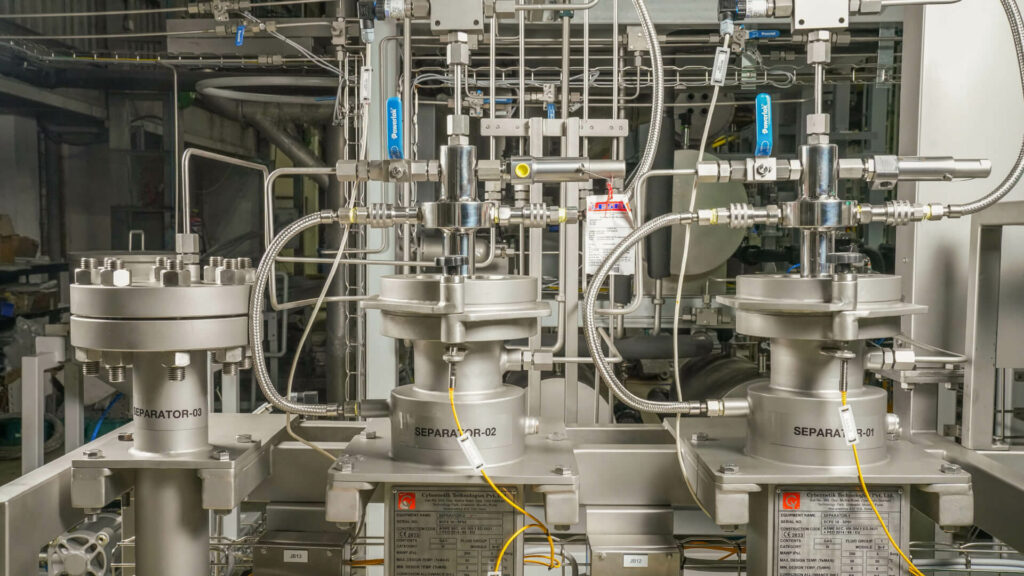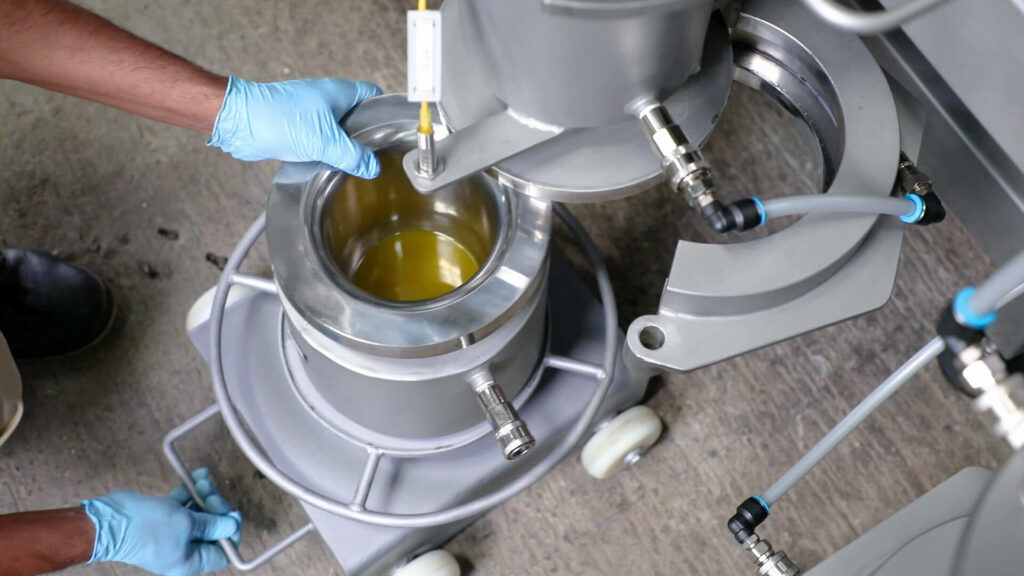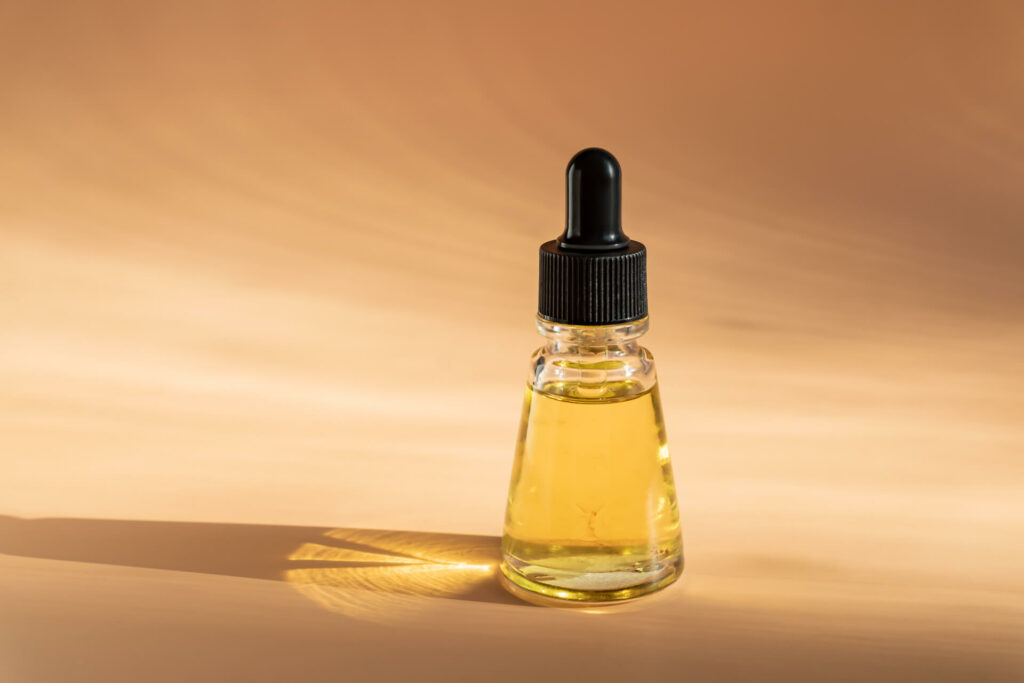Global Cannabis Extraction: Between Tradition, Technology, and the Tipping Point
An In-Depth Essay Inspired by the ICBC Expert PanelI. Introduction: The Extraction CrossroadsAt the 2025 International Cannabis Business Conference (ICBC) in Berlin, a globally diverse panel of cannabis industry leaders convened to dissect a vital and evolving domain: cannabis extraction. Extraction is not merely a technical step in cannabis processing; it is a pivotal economic, …
Global Cannabis Extraction: Between Tradition, Technology, and the Tipping Point Read More »


